WASHINGTON — Canadian National’s proposed acquisition of CSX Transportation’s Massena Line linking Montreal with Syracuse, N.Y., may fall through, the railroads told federal regulators this week.
The Surface Transportation Board had previously approved CN’s acquisition of the line [see “Regulators approve CN purchase of CSX line in New York,” Trains News Wire, April 7, 2020]. But the board ordered CSX and CN to eliminate a provision in the sale agreement that would bar CN from ever negotiating direct interchange with the Finger Lakes Railway and the New York, Susquehanna & Western in the Syracuse area.
The board twice extended the deadline for the railroads to submit a revised purchase and sale agreement. On Tuesday, the latest deadline, the railroads told the board they were unable to come to terms.
“Under present circumstances, it regrettably appears that the parties will be unable to proceed with the transaction” unless the board reconsiders the interchange provision, the railroads wrote in a joint letter to federal regulators.
The railroads said they would formally ask the STB to reconsider by a June deadline.
The board’s initial decision in April rejected numerous conditions sought by various parties, including Finger Lakes Railway’s attempt to gain direct interchange with CN in the Syracuse area.
The Massena Line sale totals 278.1 miles between Beauharnois, Quebec, and Woodard, N.Y., including 41.8 miles of trackage in Quebec and branch lines and spurs on both sides of the border. Among them: CSX’s 31-mile Fulton Subdivision.
CN will house the U.S. trackage under its Bessemer and Lake Erie Railroad subsidiary and employ 53 people, up from the 50 CSX currently employs on the line.
The line sale will move the CN-CSX revenue interchange to Woodard, just north of Syracuse, from the current location at Huntingdon, Quebec. From an operational perspective, however, the railroads will exchange traffic at CSX’s Dewitt Yard in Syracuse and CSX’s Belle Isle Yard near Solvay, N.Y.
“B&LE and CSXT remain committed to the transaction and want to proceed with the transaction to achieve its significant benefits in the public interest that it offers, including reduced transit times, preservation of efficient routing, and labor protection,” the railroads told the STB. “The parties therefore plan to petition for reconsideration of the Board’s … condition … by the June 5, 2020 deadline.”
CSX and CN in October launched joint intermodal service linking the ports of Philadelphia and New York and New Jersey with Montreal and Toronto. The Montreal traffic moves via the Massena Line, and the line sale will greatly improve CN’s length of haul.
The line sale is part of CSX’s ongoing effort to spin off low-density routes that are not considered core to its system. The route was among those put out to bid in 2018.





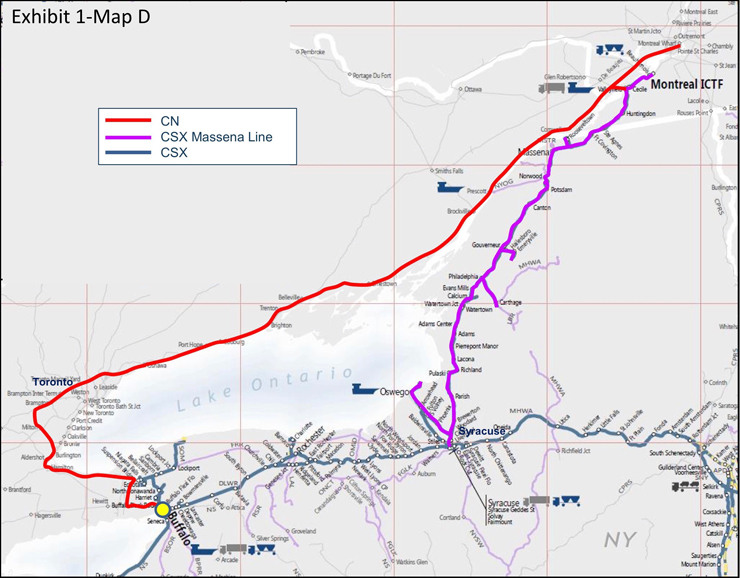

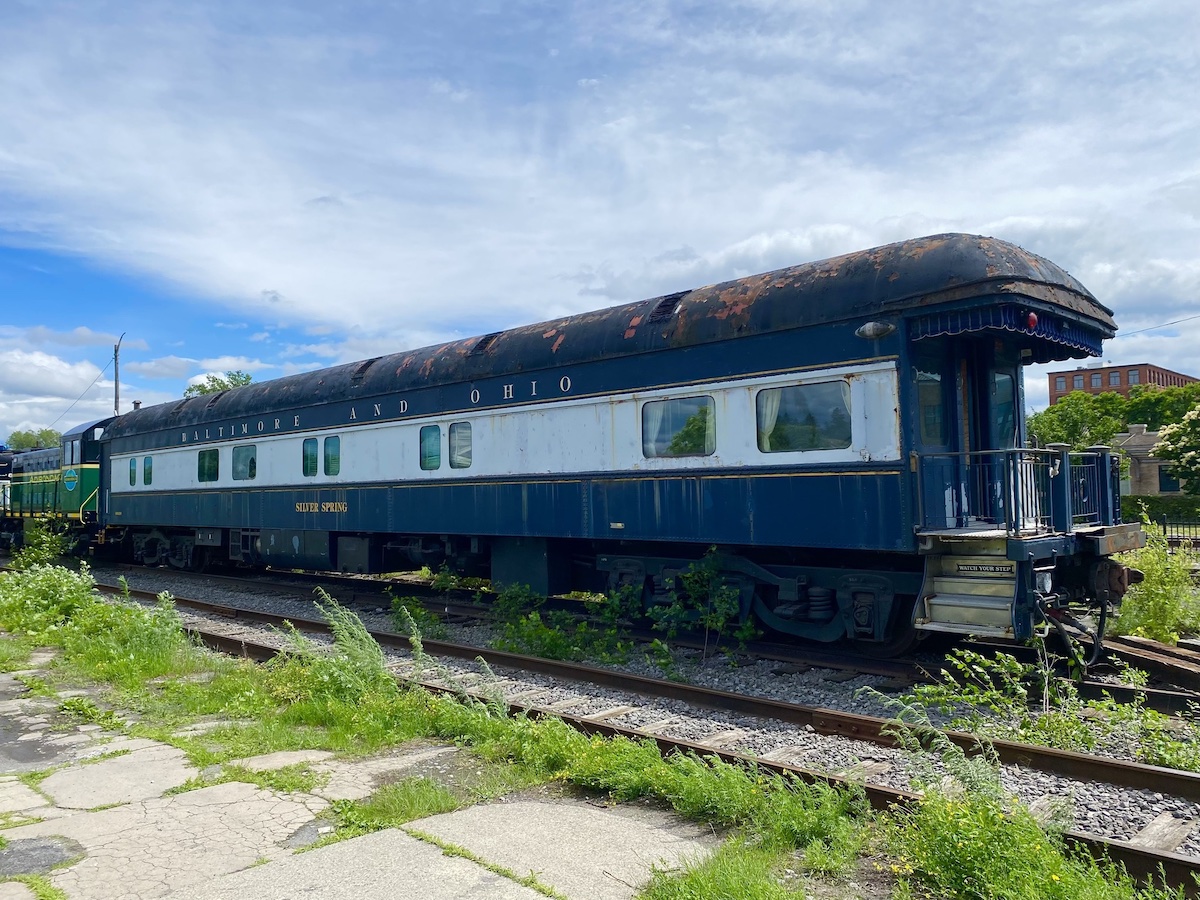
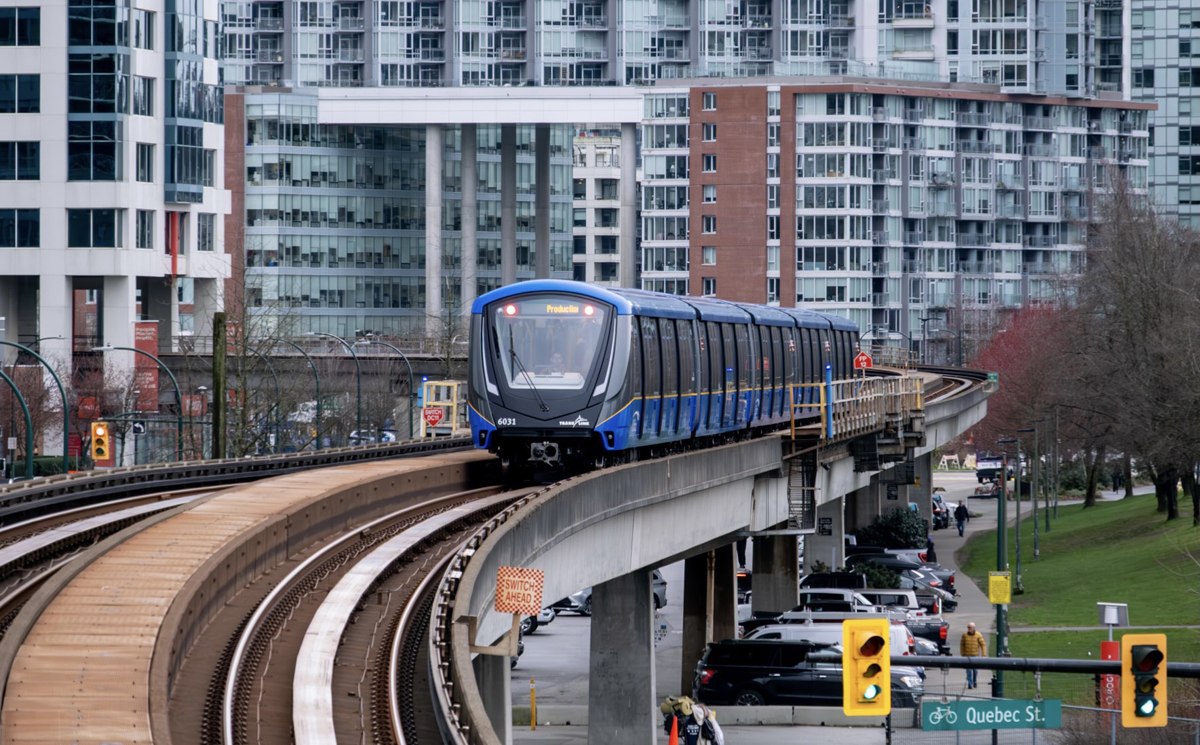
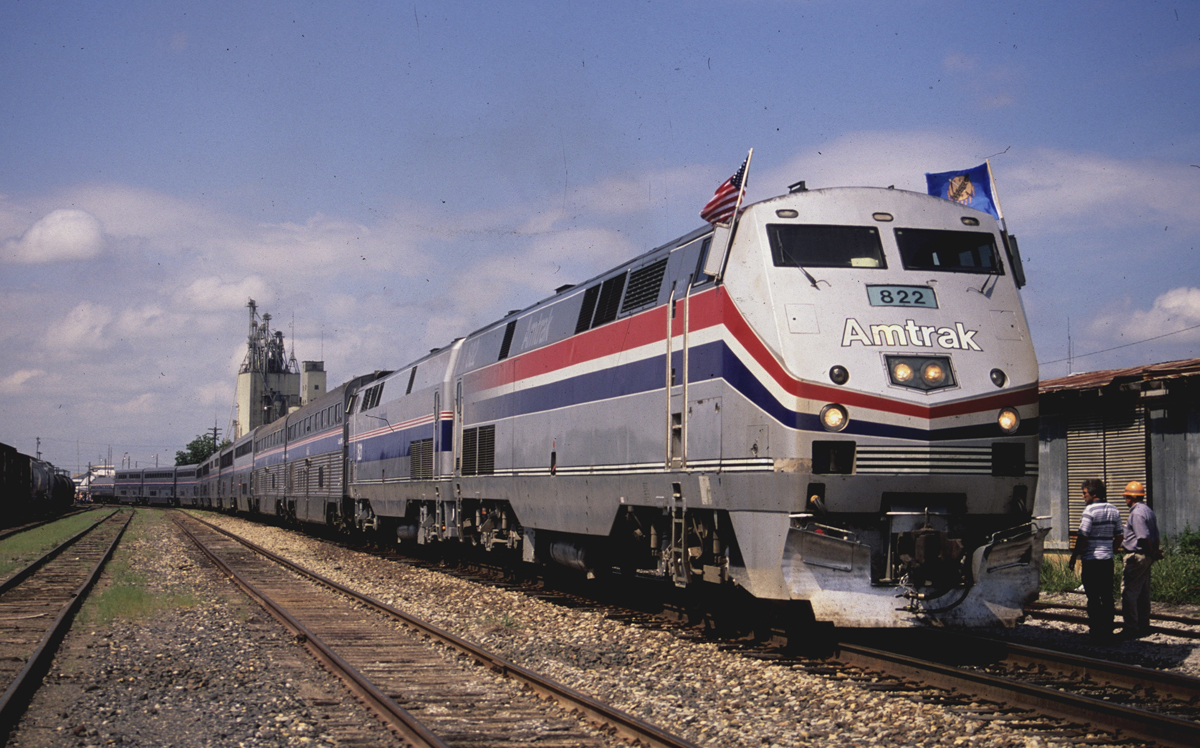
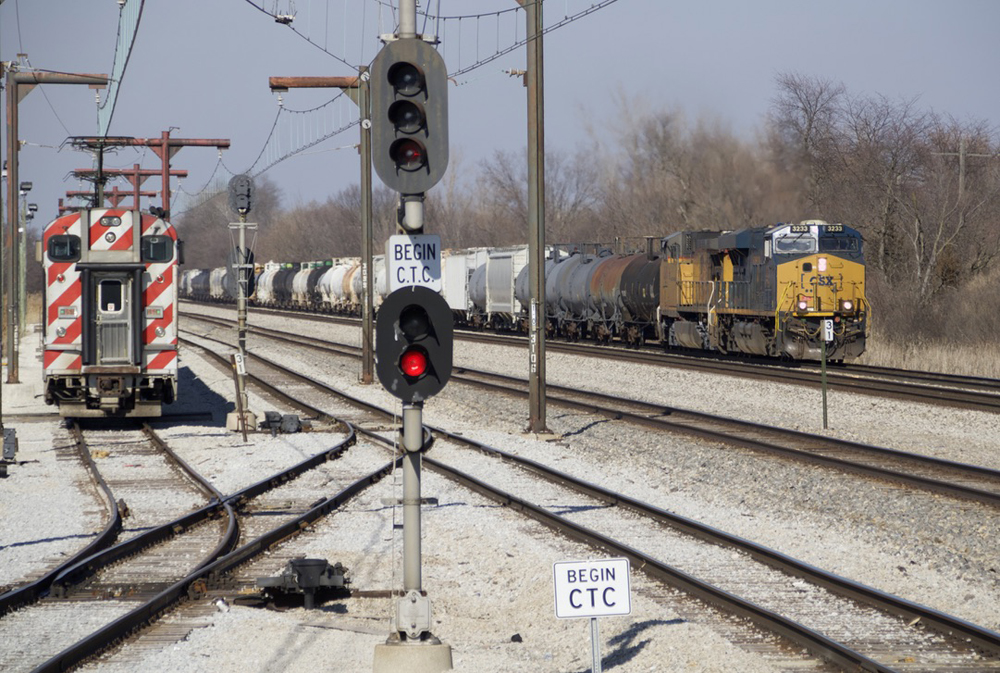




But clearly I forgot this site doesn’t like paragraph breaks. (Aaarrrggghhh!!!) PARAGRAPH – While no regulatory agency such as the STB can please everyone all the time, without the Board there would be no oversight of railroad line abandonments, line sales or mergers. And shippers experiencing serious service issues would pretty much be left to pound sand were it not for the STB. PARAGRAPH – The STB is not always perfect (what agency is?) but, they serve a necessary function in the US rail industry today. PARAGRAPH – And with apologies to our resident counselor who includes a related disclaimer at the end of her posts – TRAINS, please fix this damn paragraph break problem for crying out loud!
I worked as a rail shipper for over 40 years and had a fair amount of interaction with the STB for the last 20+ years of my career.
I agree with Carl. Why? 40 years working railroad shippers at SOU, CRIP, CNW, SP and UP.
Good for you James! I think I’ve got it figured out again too! PARAGRAPH The ICC was a completely different animal back in the day and had clearly outlived its usefulness. The Rock Island travesty you mention was just one of the reasons Congress shut down the ICC and created the STB with a different mission and reduced regulatory authority.
Anybody here remember the Rock Island Railroad? The then version of the STB placed quite a number of conditions on that set of transactions, mostly at the behest of shippers — which killed the deal. Most of the people who were complaining wound up with no service at all… Oh — and Curt, I have no problem with paragraphs, as you can see.
CSX is only hurting itself. They own part of the Susquehanna, and the Finger Lakes has access to Belle Isle already. So, why the fuss?
I’m guessing that FLGK and NYSW would like the ability to offer customers an alternative, especially for traffic routed via Chicago. CN would give them that (although both have an NS option as well). Also, if NYSW is still a contender for inter modal traffic, CN might provide some of this traffic, barring any existing agreements they might have with CSX that would prevent this. This is traffic that CSX would loose.
CSX is just being stupid, restricting CN access to direct interchange with both Finger Lakes and the NYS&W wouldn’t cost CSX any business at all…so I don’t see what the objection could be on their end. It would actually benefit both of other carriers by giving them an outlet to Eastern Canada for potential new business.
Maybe a four or five year period where the board’s ideas rule the day and after that it’s EMFH!
Hopefully the STB holds firm on this. The railroad world does not need one more paper barrier.
Carl, except for the fact that we need some group to monitor safety I totally agree with you.
CSX’s position is well-reasoned. If CN could interchange with the NYS&W at Syracuse, it would give CN de facto access to the NY/NJ metro market. CSX and NS paid handsomely to carve up Conrail in order to control that, and other, east coast markets. Why allow CN access for such a limited price? While CSX has announced cooperation with CN on certain lanes such as NY/NJ and Philadelphia to Montreal, the volume business is east-west, primarily to Chicago. Conrail years ago made the mistake of allowing NYS&W to cobble together a route from Little Ferry, NJ to Binghamton, NY, and then connect to the west via D&H to Buffalo. The result was NYS&W competition on double-stack traffic, and some (not terribly effective) competition on TOFC. Needless to say, CN access to the NJ/NY market would require NYS&W interchange (and cooperation), and would be somewhat round-about for east-west traffic. But if I ran CSX, why risk that?
I think that the location of the largest Amazon warehouse in the US that is served by sidings on the Massena line may likely be the deal-breaker. While *most* customers getting container loads of Chinese trinkets which are drayed to distribution centers, Amazon is clearly in a class by itself. The new warehouse will be almost 4M SF and 5 stories high. This aint your typical warehouse/distrubition center…The anti-competitive provisions excluding Susquehanna and Finger Lakes was appalling. Both CSX and CN are greedy corporations managed by pocket-stuffing executives.
Carl; I’m curious how much time you’ve spent in the rail industry; either as a shipper, a railroader or both.
The STB should cease to exist. Why do we need government bureaucrats to rule over us? Eliminate the STB and let the railroads hash it out themselves.